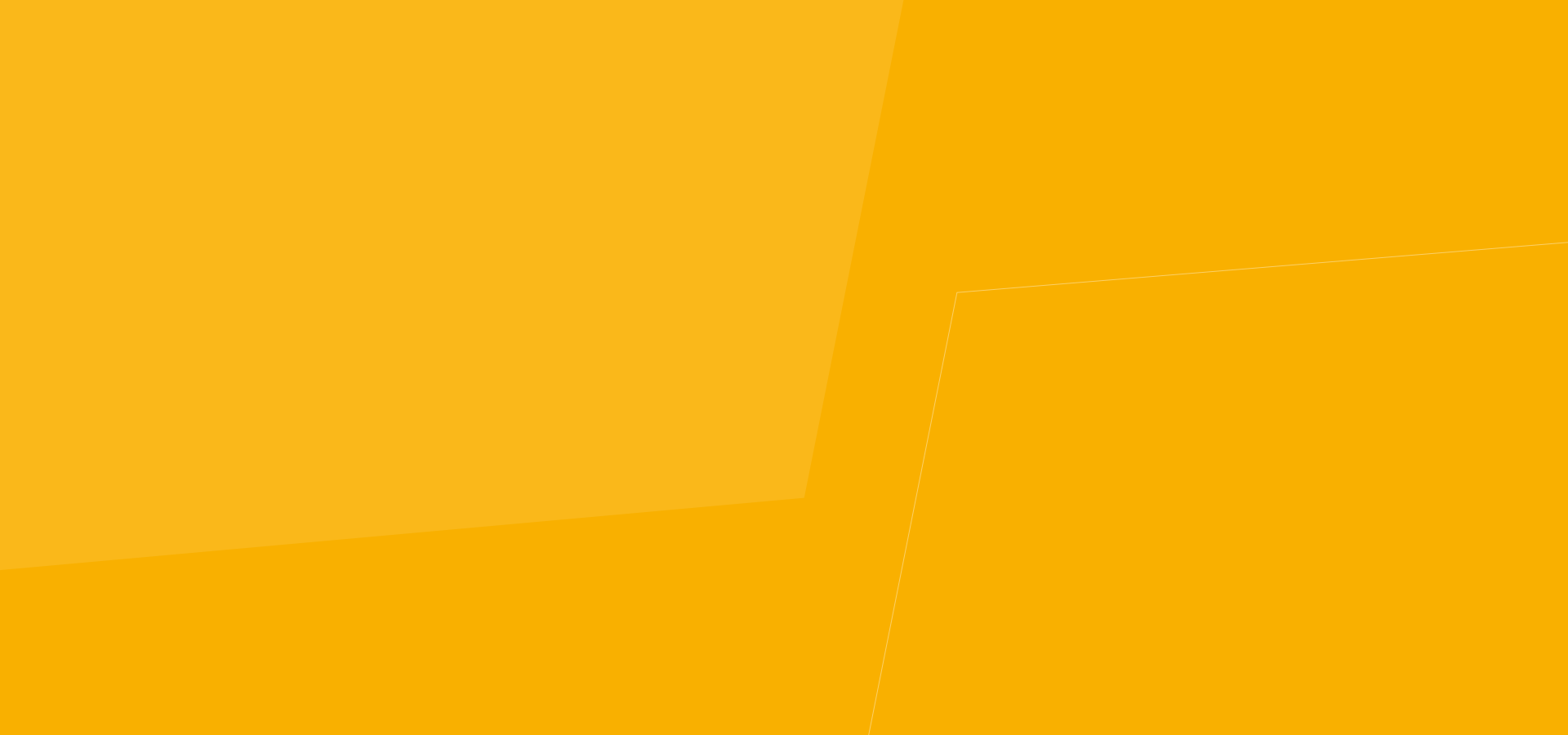-
How to become
Illustrator
 - Copy (1).jpg)
Who are they, what do they do, and how to become illustrators?
Who are illustrators?
Drawings are transformed, come to life and become a story. Behind this evolution is the hand of an illustrator – an artist who creates images for editorial, advertising, educational or entertainment purposes. From film to advertising, from fashion to literature, many are the fields in which these professionals’ skills are employed. Illustrators take clients’ requests and work on them to give a visual form to ideas and storytelling, whether it is images for a corporate calendar or for an animated film.
What do illustrators do
Illustrators, therefore, work in many fields, in close contact with clients or publishers. These professionals must, first of all, understand the needs of a project. The target audience to which it is addressed, the messages which must be conveyed, the story that is being told will influence the work’s aesthetics, which, in any case, will maintain the author's stylistic mark. Therefore, illustrators are called upon to create images that meet specific requirements. To do so, they may use various techniques, including freehand drawing, painting, collage, digital graphics (mostly used at present). Regardless of the tools used, creativity and technical ability are prerequisites to be able to meet clients’ requirements.
What skills should an illustrator have?
It goes without saying that different skills may be required for this profile, depending on the employed technique. In any case, in addition to creativity, certain skills can be identified as widespread and necessary today.
Knowledge of graphic design software: illustrators must by now be able to use digital graphic software to create their works. Among the most common programmes are Adobe Illustrator and Photoshop for static images, Adobe After Effects and Autodesk Maya for moving images.
Freehand drawing: these professionals usually have a good foundation in traditional drawing techniques.
Ability to interpret the brief: illustrators must be able to interpret clients’ needs and then turn them into images that meet the project requirements.
Soft skills: ability to work in a team, precision and attention to detail, ability to meet deadlines.
How to become an illustrator?
As mentioned in the previous paragraphs, drawing is the basis of the profession. Knowledge of traditional and digital techniques is now indispensable to work in this area. These skills can be learnt through training at NABA. From the three-year BA programme in Painting and Visual Arts, students hone their skills with image production techniques. In addition, they have the opportunity to approach digital tools, to experiment and to improve their skills. The Postgraduate offer then consolidates the skills acquired in the Three-year BA programme.

Three-year BA Programme in Painting and Visual Arts
Two-year Specialising Course in Visual Arts and Curatorial Studies.
 - Copy (2).jpg)